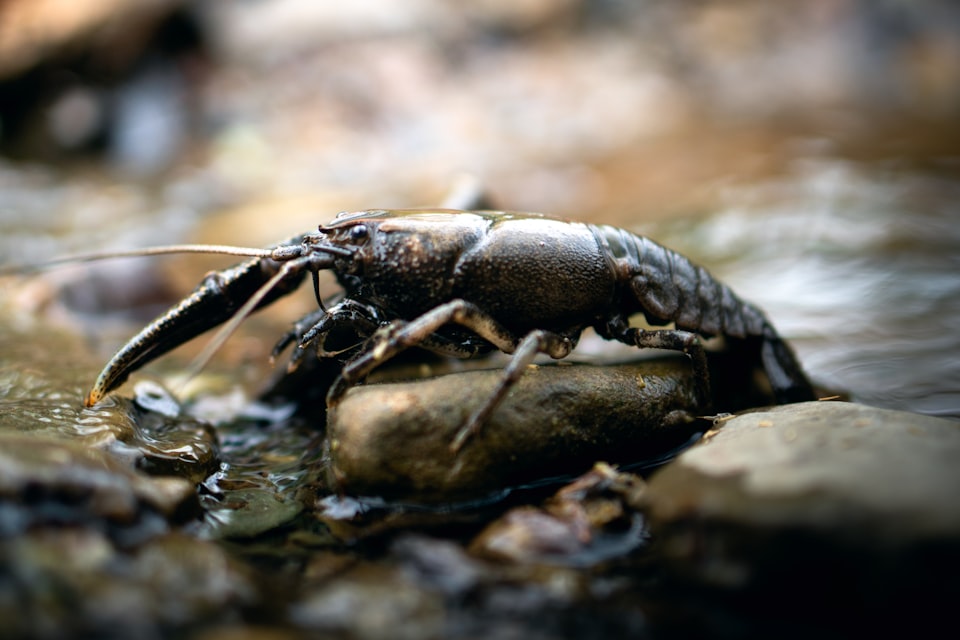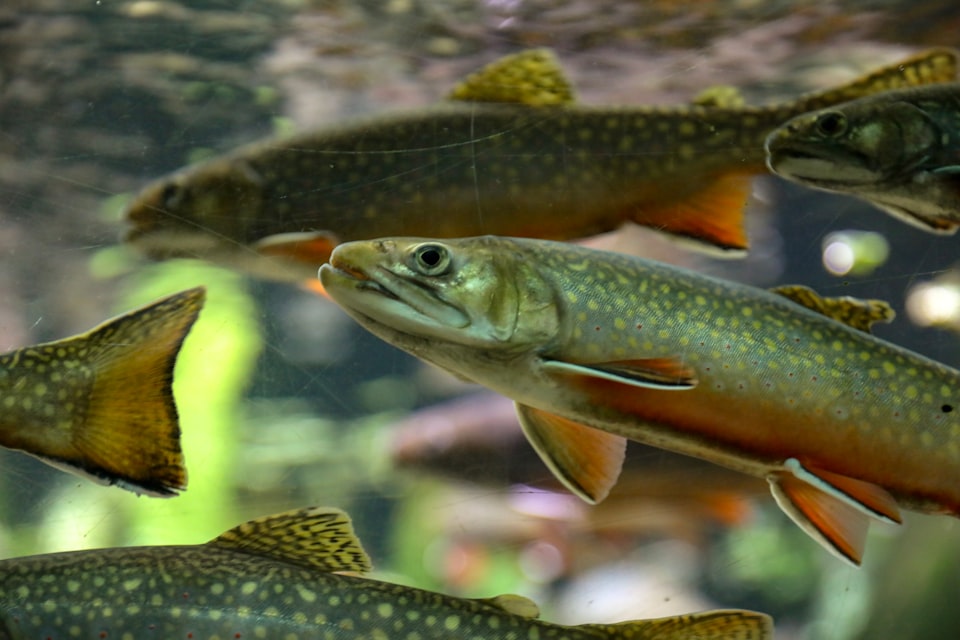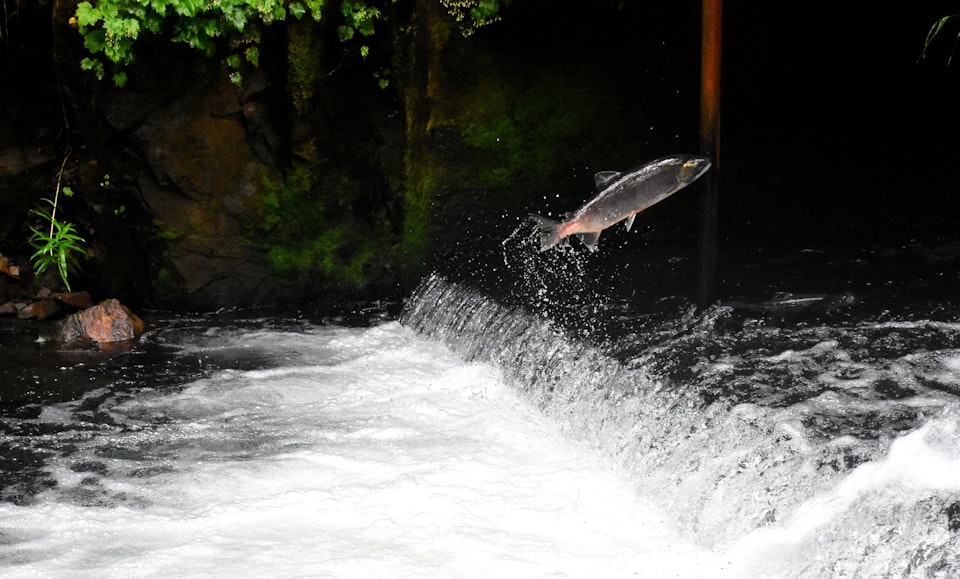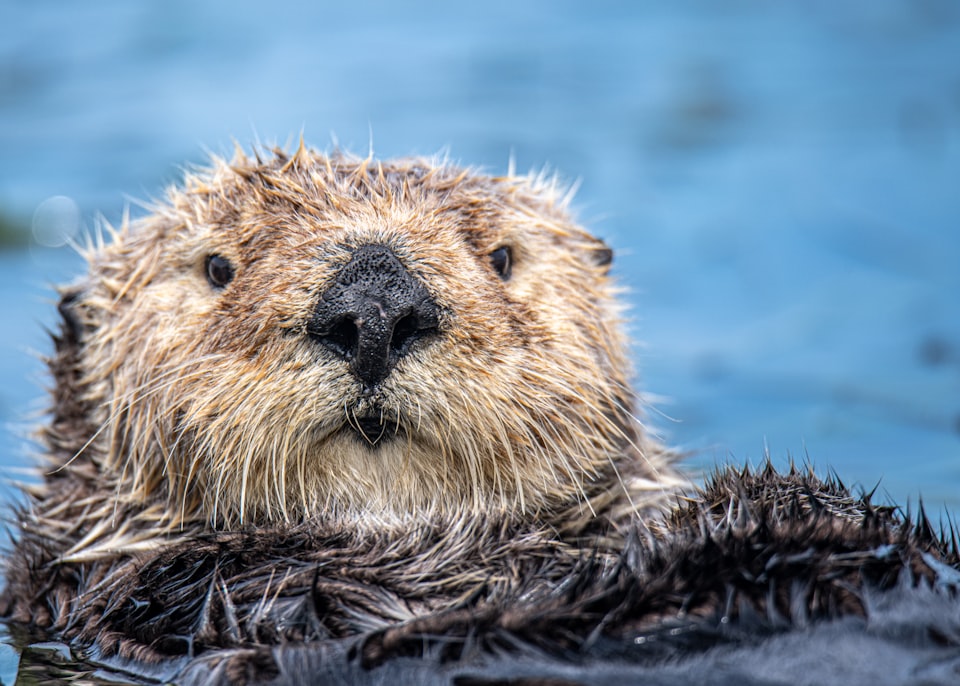V: Quail
The Pima parable of the coyote and the quail.
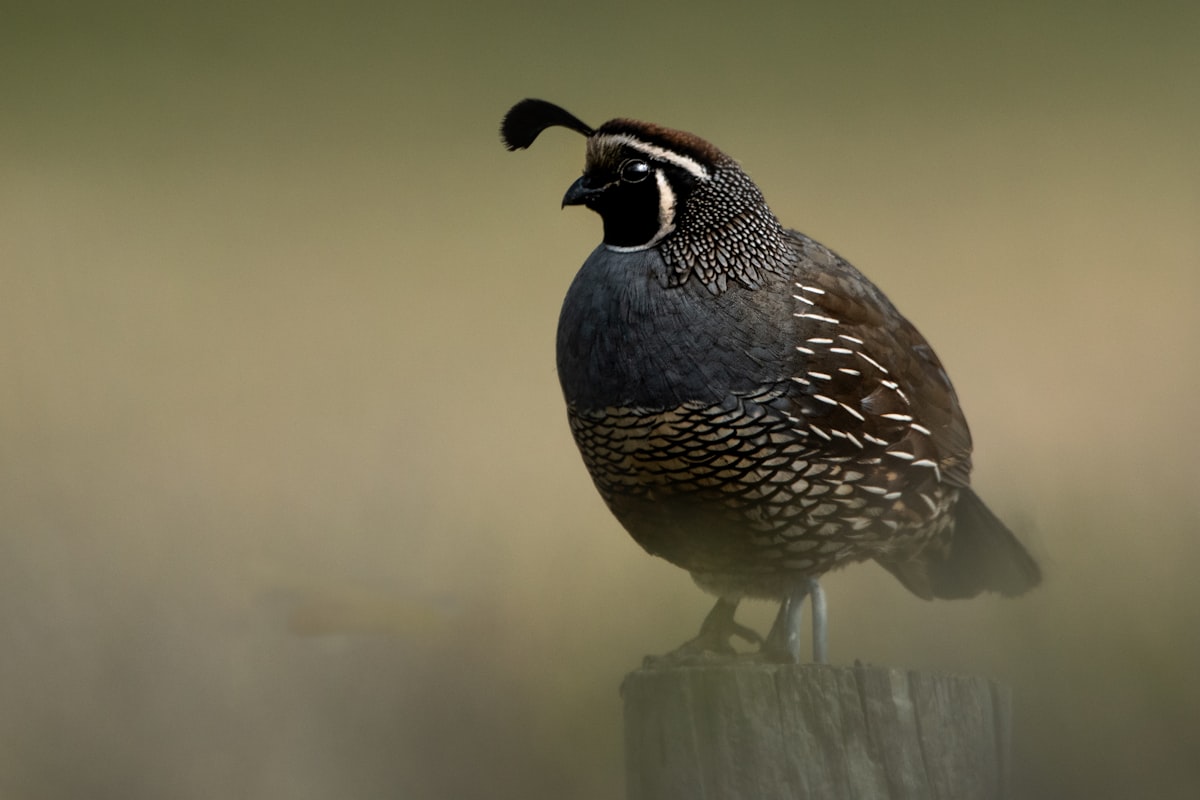
Good morning. Today is quintidi, the 15th of Prairial, Year CCXXXI. We celebrate la caille, a fat little ground bird that's been overshadowed by chickens.
The Akimel O'odham people of the Gila River – dubbed by European colonizers as the Pima tribe – practiced agricultural communal living in the area now occupied by Phoenix, Arizona. They descended from the prehistoric Hohokam civilization, and lived in complex societies with permanent buildings for living and trading and harvesting. While in drought years they would rely on hunting and gathering, for most of their pre-encroachment history, they were a markedly more sedentary and civic-based culture than the nomadic tribes, such as the Apache, that also lived in the open desertscapes of the American southwest.
There's a traditional O'odham story about quails and coyotes that was likely meant to impart a different folk lesson when it was crafted and told, but now neatly summarizes the slow manner of their society's destruction and abasement in the face of American encroachment after the Civil War.
